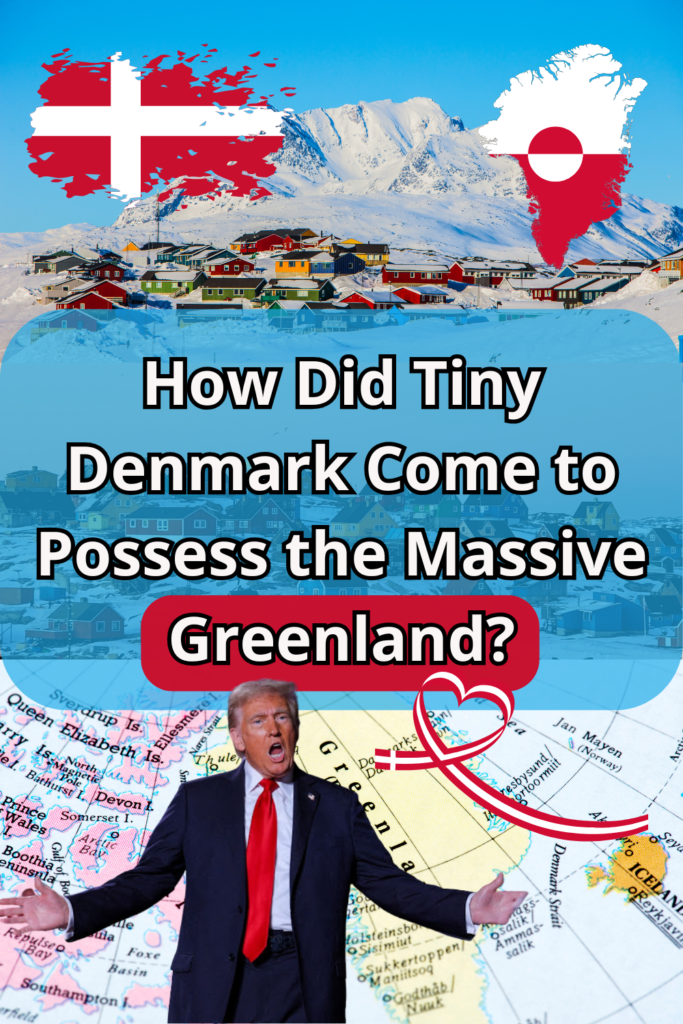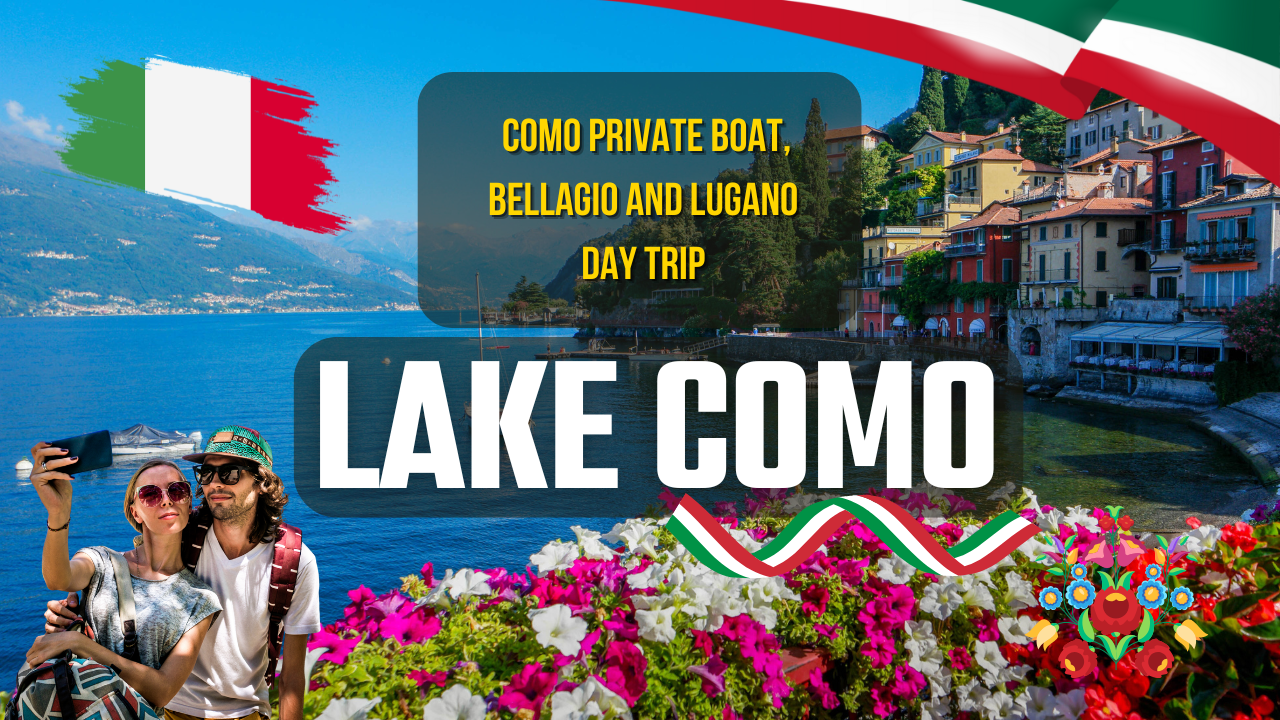The icy island that even the United States covets.

When newly elected U.S. President Donald Trump declared that his country “needs” Greenland, the world’s largest island suddenly found itself at the center of global attention. This surprising statement raised an obvious question: how did Denmark—a small European country—end up owning Greenland? Was it thanks to Danish Viking conquests? Not really. Famous Danish seafarers, perhaps? There weren’t many of those either.
So how did Denmark, a nation with no significant history of colonial empires on other continents, manage to claim Greenland and become Europe’s largest country by land area (excluding Russia)? Let me explain.
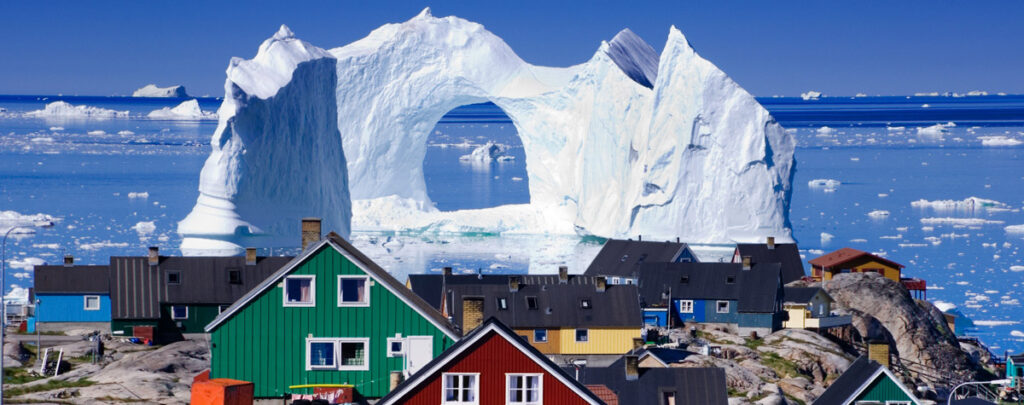
A “Marketing Trick”
The Vikings played a key role in Greenland’s story, but not the Danish Vikings—this credit belongs to the Norwegians. Back in the latter half of the 10th century, there lived a man in Norway named Thorvald Asvaldson. A stereotypical Viking by today’s standards, Thorvald was fierce and hot-tempered. During a quarrel, he killed a fellow countryman. As punishment, the Norwegian king banished him, not just from his home but from the entire country.
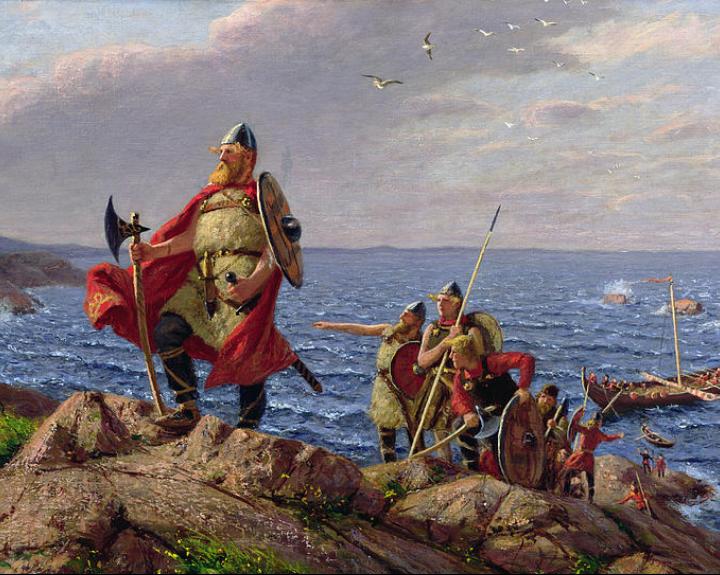
Thorvald relocated to Iceland, where he settled. His son Erik, following in his father’s footsteps, eventually killed his neighbor in a dispute. According to the laws of the time, the Icelandic community decided to exile Erik as well. Given that Iceland was already considered the last refuge for exiles, Erik had to look further afield for a new home.
He didn’t have to look far—on clear days, a strip of land was visible to the west from Iceland’s mountains. Erik and his family ventured toward this unknown land to serve out his three-year exile. That land, of course, was Greenland—then an unclaimed and unnamed icy wilderness.
During his time there, Erik encountered no inhabitants, giving him full freedom to claim the desolate island as his own domain. When his exile ended, Erik returned to Iceland, but only to recruit settlers for his newfound territory.
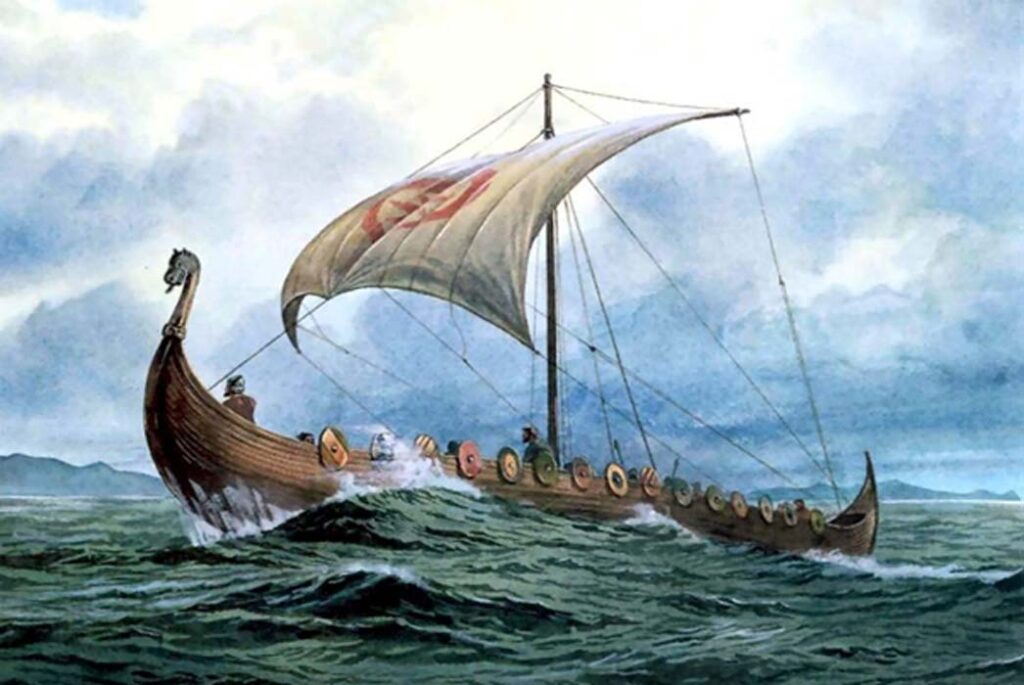
The red-bearded Viking cleverly branded the icy island as “Greenland,” a deliberate ploy to make it sound more appealing. His marketing scheme worked. Ancient Norse sagas speak of 25 ships departing Iceland to establish the first Viking settlement on Greenland’s southern shores.
And that’s how it all began.
From Norse Settlement to Danish Control
The Viking settlements thrived for a while, but life on Greenland was harsh. The climate was unforgiving, and resources were scarce. Despite Erik’s optimistic branding, the island’s “green” regions were limited to a few fertile areas along the southern coast. Over the centuries, as the climate cooled during the Little Ice Age and contact with Europe became less frequent, the Norse colonies on Greenland eventually disappeared by the 15th century.

By the time Denmark came into the picture, Greenland had long been abandoned by the Norse. In the late Middle Ages, the Danish and Norwegian crowns united under the Kalmar Union, and with Norway’s historical claims to Greenland, the island was effectively transferred to Danish control.
Colonial Rule and Modern Ties
Greenland remained largely overlooked until the 18th century when Danish missionaries and traders began re-establishing a presence there. The island officially became a Danish colony in 1814 after the dissolution of the Kalmar Union. While Greenland’s strategic and economic value was limited at the time, Denmark held onto it as part of its overseas territories.
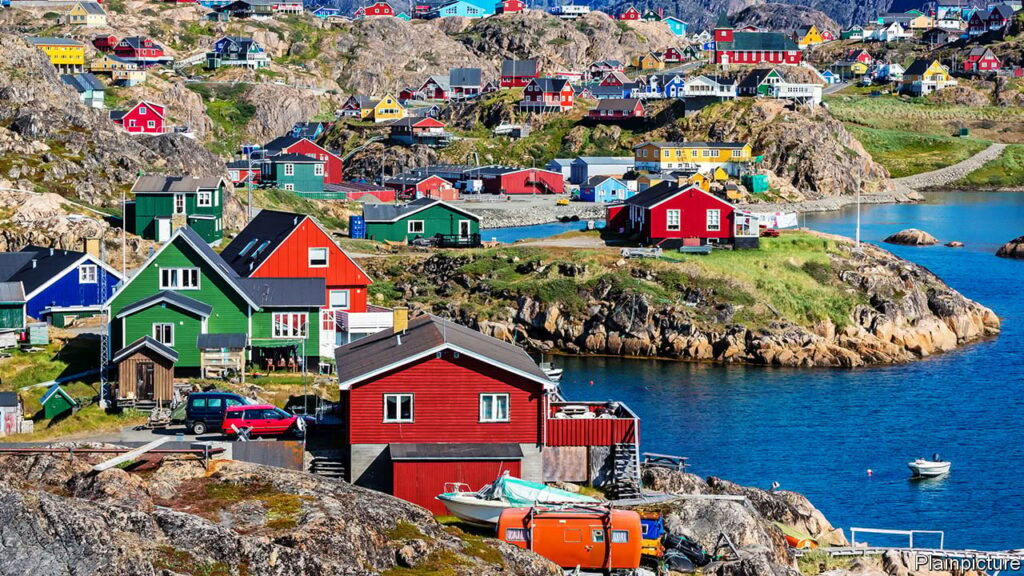
During World War II, Greenland’s strategic importance came to light. With Denmark under Nazi occupation, Greenland operated semi-independently and worked closely with the United States, allowing American military bases to be built on the island. This relationship set the stage for later U.S. interest in buying Greenland—a proposal that wasn’t new even in Trump’s time. In fact, the U.S. first offered to purchase Greenland in 1946 for $100 million, but Denmark refused to sell.

Greenland Today
Today, Greenland is an autonomous territory within the Kingdom of Denmark. While it has its own government and significant control over domestic affairs, Denmark handles its foreign policy and defense. The island’s vast natural resources, including oil, minerals, and rare earth elements, have made it increasingly valuable in recent years, especially as melting ice due to climate change opens up new opportunities for exploration.
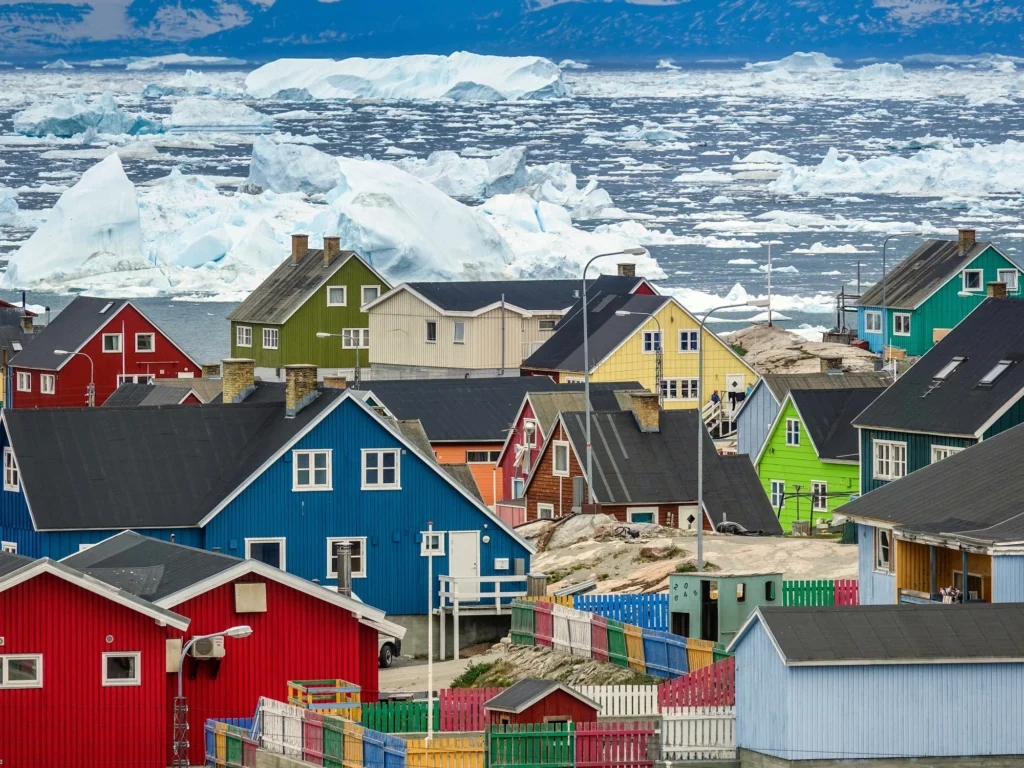
Although Greenland has flirted with the idea of full independence, the island still relies heavily on Danish subsidies and infrastructure. Meanwhile, global powers like the U.S. and China keep a close eye on Greenland, recognizing its growing geopolitical and economic importance.
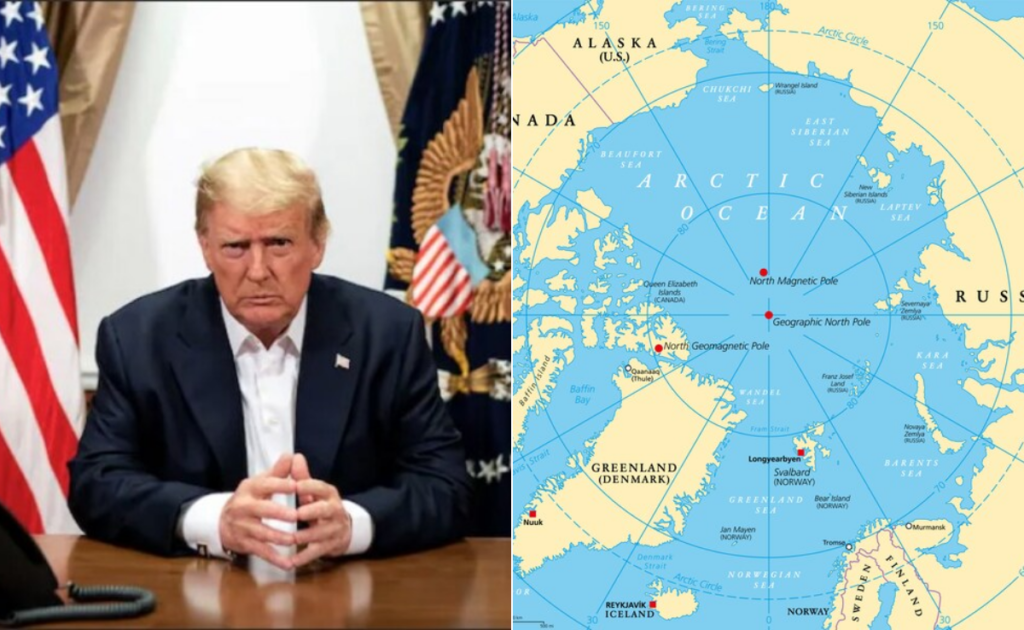
So, how did Denmark come to possess Greenland? It’s a mix of Viking exploration, historical alliances, and a bit of luck. And while Denmark may not have set out to become the guardian of this vast, icy island, its connection to Greenland has cemented its place in modern geopolitics.
Book a hotel in Greenland: https://buff.ly/4gjUIJT
Find a Flight to Greenland: https://buff.ly/3PTz4Bj
Get your free personalized luggage tags:https://buff.ly/4aekjm2
More detailed travel guide:https://globetogo.com/

